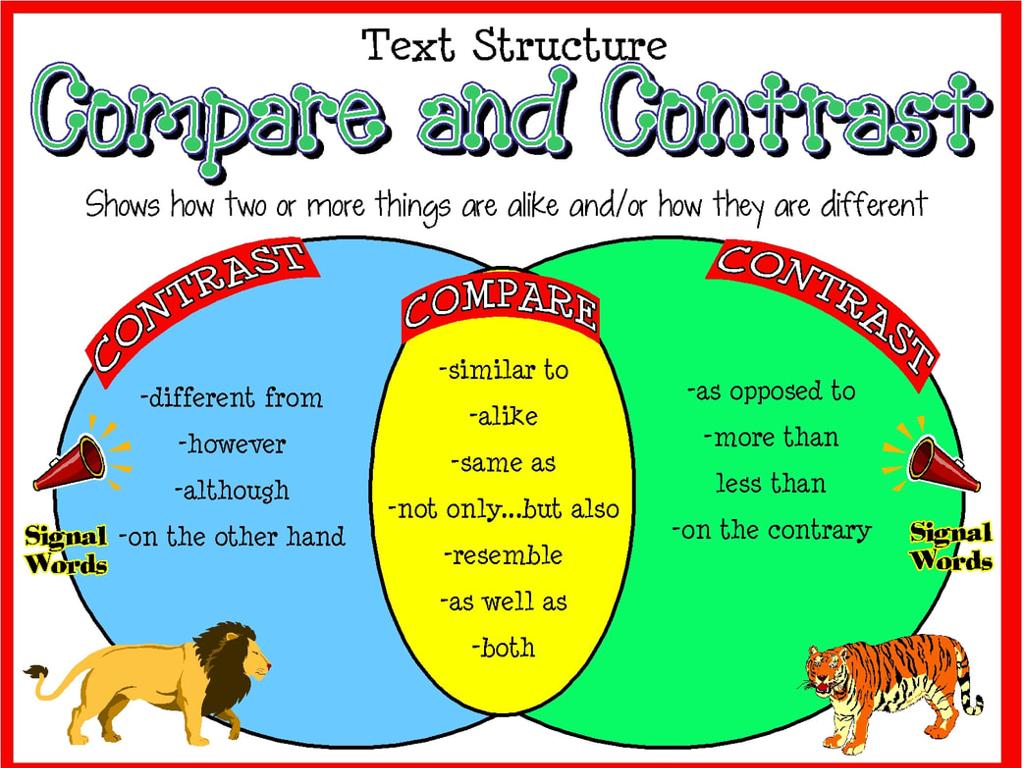Use Evidence To Classify Animals
Subject: Science
Grade: Fourth grade
Topic: Classification
Please LOG IN to download the presentation. Access is available to registered users only.
View More Content
Welcome to Animal Classification!
– Become animal detectives
– How scientists classify animals
– Scientists sort animals into groups based on similarities
– Why classification is key
– Classification helps us understand how animals are related
– Exploring animal kingdoms
– We’ll learn about mammals, reptiles, birds, fish, and amphibians
|
In today’s class, we’re embarking on a detective adventure to explore the world of animal classification. Encourage the students to think like scientists as they learn how to classify animals. Explain that classification is a method scientists use to organize living things into groups so that they are easier to study and understand. Discuss the importance of classification in understanding the relationships between different animals and how it helps us to predict characteristics shared by animals within the same group. Introduce the five main animal kingdoms and get the students excited about discovering the unique characteristics that define each group. This will set the foundation for more detailed exploration in subsequent lessons.
Exploring Animal Classification
– What is classification?
– Sorting things into groups based on similarities
– Why scientists classify animals
– To study and understand animals more easily
– Examples of animal classification
– Size, where they live, what they eat
– Classification helps us understand animals
|
This slide introduces the concept of classification in science, specifically how it applies to animals. Classification is a system used by scientists to organize living things into groups based on their similarities and differences. This system helps scientists and students alike to study and understand the vast diversity of animal life. By classifying animals by size, habitat, diet, and other characteristics, we can make predictions about how they live and interact with their environment. Encourage students to think of their own examples of animal classification and discuss why it might be useful to group animals in different ways.
Evidence in Animal Classification
– What is evidence?
– Evidence is information that supports an idea.
– Traits help classify animals
– Fur, feathers, scales are traits that determine groups.
– Animal behavior as evidence
– Behaviors like migration and hibernation are clues.
– Habitats help in classification
– Where an animal lives tells us a lot about it.
|
This slide introduces the concept of using evidence to classify animals, which is a fundamental aspect of understanding biodiversity. Evidence in science refers to information that supports an idea or hypothesis. In the context of classification, students should understand that physical traits such as fur, feathers, and scales are critical for grouping animals into categories like mammals, birds, and reptiles. Additionally, animal behaviors, such as how they find food, reproduce, or migrate, provide insights into their classification. Habitats, or the natural environments where animals live, also offer evidence for classification, as certain animals are adapted to specific conditions. Encourage students to think of examples of animals they know and what traits, behaviors, or habitats might be used to classify them. This will prepare them for more detailed studies on animal classification.
Mammals vs. Reptiles: Classifying Animals
– Mammals have fur or hair
– Like dogs, cats, and humans
– Mammals produce milk for babies
– Mothers feed their young with milk
– Reptiles have scales
– Snakes and lizards have scaly skin
– Reptiles lay eggs
– Turtles and crocodiles lay eggs
|
This slide aims to help students differentiate between mammals and reptiles based on their physical characteristics and reproductive methods. Emphasize that mammals have fur or hair and produce milk to feed their young, which is a key trait for this class of animals. In contrast, reptiles are characterized by their scaly skin and egg-laying reproduction. Encourage students to think of examples from each group, such as common pets like dogs or cats for mammals, and snakes or turtles for reptiles. This activity will enhance their understanding of animal classification and the importance of using evidence to categorize different species.
Classifying Animals: Birds vs. Fish
– Birds: Feathers and wings
– Examples: Sparrows, eagles, and penguins
– Birds: Egg-laying creatures
– Fish: Scales and fins
– Examples: Goldfish, sharks, and salmon
– Fish: Breathing underwater
– Gills help fish absorb oxygen in water
|
This slide aims to help students differentiate between birds and fish based on their physical characteristics and behaviors. Birds are unique for their feathers and wings, which are adaptations for flight, although not all birds fly. They also lay eggs. Fish are aquatic animals with scales covering their bodies and fins to help them swim. They breathe underwater using gills. Encourage students to think of birds and fish they are familiar with and list them as examples. This activity will reinforce their understanding of the classification of animals and how specific traits are used to group them. It’s a good opportunity to introduce the concept of adaptation to different environments.
Amphibians and Insects: Survival Traits
– Amphibians: Dual habitats
– Live on land & water, moist skin for breathing
– Insects: Distinct body features
– Six legs, three-part body, often with wings
– Traits aiding survival
– How do moist skin & wings help them live?
– Adaptations to environments
|
This slide introduces students to the unique characteristics of amphibians and insects, emphasizing how these traits contribute to their survival. Amphibians have the unique ability to live both on land and in water, and their moist skin is crucial for respiration. Insects are recognized by their six legs, segmented bodies, and wings, which aid in mobility and survival. Encourage students to think about how these adaptations help the animals thrive in their respective environments, such as moist skin allowing amphibians to absorb oxygen in water and wings enabling insects to escape predators. This discussion will help students understand the concept of adaptation and the role of specific traits in the survival of animal species.
Classifying Animals Together
– Observe animal pictures
– List observed traits
– Look for fur, feathers, scales, etc.
– Discuss classification
– Use evidence to determine groups
– Group animals by traits
– Mammals, birds, reptiles, etc.
|
This interactive class activity is designed to engage students in the process of classifying animals based on observable evidence. Begin by displaying various animal pictures and guide the students to list visible traits such as fur, feathers, scales, number of legs, and so on. Facilitate a class discussion to decide the most logical way to classify each animal, encouraging students to use the evidence from their trait lists. This activity will help students understand the concept of classification and the importance of using evidence to make scientific decisions. Possible activities include grouping animals into mammals, birds, reptiles, amphibians, and fish based on their traits. Encourage students to justify their reasoning for placing animals in each group.
Activity Time: Animal Detectives
– Work in groups with animal cards
– Classify animals using evidence
– Look at features like fur, feathers, scales
– Discuss classification criteria
– Consider habitats, diets, and behaviors
– Present findings to the class
|
This activity is designed to engage students in hands-on learning about animal classification. Divide the class into small groups and provide each with a set of animal cards. Students will examine the evidence on the cards, such as physical characteristics, habitats, and behaviors, to classify each animal into groups like mammals, birds, reptiles, etc. Encourage them to discuss why they classified the animals in a certain way, promoting critical thinking. After the activity, each group will present their classifications to the class, explaining the reasoning behind their decisions. Possible variations of the activity could include using different sets of animals, focusing on endangered species, or comparing extinct animals with modern ones.
Animal Classification: Detective Work!
– Congratulations, animal detectives!
– Classification clarifies animal relationships
– Sorting animals helps us see how they are related and different
– Observe and classify daily
– Use your detective skills to classify animals around you
– Keep exploring the animal kingdom!
|
This slide wraps up the lesson on animal classification, reinforcing the importance of the skills learned. Emphasize to the students that by classifying animals, they’re acting like scientists, making sense of the natural world. Encourage them to continue observing animals they encounter in their everyday lives, whether it’s a pet, an insect, or a bird outside, and think about how they would classify them based on the characteristics they’ve learned. Remind them that classification is a tool that helps us understand the vast diversity in the animal kingdom and how each organism fits into the ecosystem.






